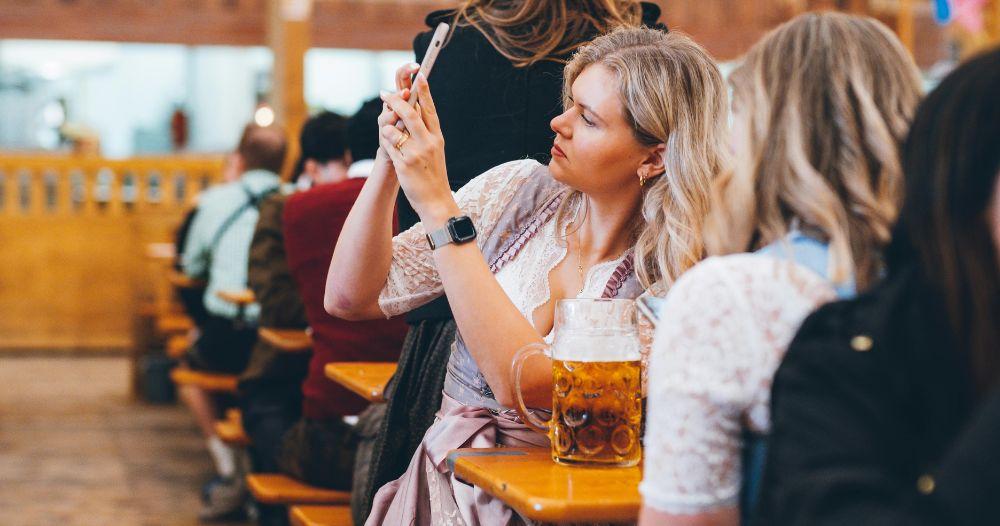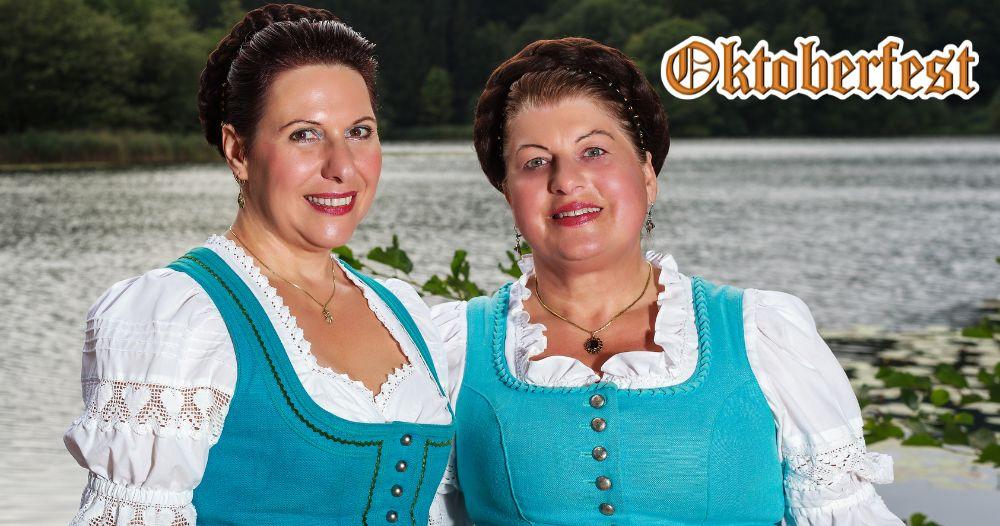Handmade German Female Dresses: Crafting Heritage Stitch by Stitch
Handmade German female dresses are more than garments—they are wearable art, steeped in centuries of tradition, regional pride, and meticulous craftsmanship. From the embroidered dirndls of Bavaria to the lace-adorned costumes of the Black Forest, these handmade German female dresses celebrate the skill of artisans and the enduring beauty of German cultural identity. This guide explores the history, techniques, and modern relevance of these exquisite handmade creations.

The Legacy of Handmade German Dresses
Roots in Rural Craftsmanship
For centuries, German women’s dresses were handmade out of necessity. Rural communities relied on locally sourced materials like linen, wool, and leather, with designs tailored to regional climates and customs. Every stitch, pattern, and embellishment held meaning:
The tradition of handmade German female dresses can be seen across various regions, each showcasing unique designs and craftsmanship.
- Embroidery: Floral motifs symbolized nature’s bounty; geometric patterns denoted village identity.
- Aprons and sashes: Colors and knots communicated marital status or social standing.
- Lace and trims: Handmade lace (like Klöppeln) showcased a family’s skill and patience.
Cultural Significance
Handmade dresses were worn for festivals, weddings, and religious ceremonies, acting as heirlooms passed through generations. Each piece told a story of the wearer’s heritage, making them irreplaceable cultural artifacts.
Regional Styles of Handmade German Dresses
These handmade German female dresses are often passed down as treasured family heirlooms, embodying the stories and traditions of their wearers.
1. Bavarian Dirndl: The Icon of Alpine Craft
The dirndl is Bavaria’s most recognizable handmade dress, celebrated for its intricate details:
- Bodice (Leibl): Fitted and hand-embroidered with edelweiss, hearts, or oak leaves.
- Blouse (Bluse): Crisp white cotton with delicate puff sleeves, often hand-tucked or lace-trimmed.
- Apron (Schürze): Made from linen or silk, featuring hand-stitched borders.
- Skirt (Rock): Full and pleated, using wool or cotton for durability.
Artisan Spotlight: Bavarian workshops like Dirndlwerkstatt Eibach use centuries-old techniques to craft bespoke dirndls, with embroidery taking up to 100 hours per dress.
2. Black Forest Bollenhut Dress: Bold and Timeless
The Black Forest region is famed for its striking red pom-pom hats (Bollenhut) and matching dresses:
- Skirt and bodice: Black wool with vibrant red trim, hand-stitched for contrast.
- Embellishments: Silver clasps and red coral necklaces complement the bold aesthetic.
3. Sorbian Traditional Dress: A Riot of Color
The Sorbs, a Slavic minority in eastern Germany, create dresses bursting with symbolism:
The artisans behind these handmade German female dresses are dedicated to preserving the techniques that have been passed down through generations.
Many artisans also offer the option to customize handmade German female dresses to fit individual tastes and preferences.
- Lace headdresses (Haube): Handmade lace with ruffles and ribbons.
- Embroidered aprons: Geometric patterns in red, blue, and yellow, each representing life stages.
4. Frisian Costumes: Understated Elegance
In Germany’s northern Frisian islands, handmade dresses reflect maritime simplicity:
- Dark woolen dresses: Paired with silver belt buckles and lace caps.
- Aprons: Black or navy with subtle floral embroidery.
The Art of Handmaking: Techniques Passed Through Generations

1. Hand Embroidery
- Weißstickerei (Whitework): Delicate white-on-white embroidery using linen thread.
- Buntstickerei (Colorful Embroidery): Vibrant silk threads to create floral and folk motifs.
- Cross-stitch: Used in Sorbian dresses to form geometric patterns.
2. Lace Making (Klöppeln)
A painstaking craft where bobbins are twisted to create intricate lace for collars, cuffs, and aprons. The Erzgebirge region remains a hub for this vanishing art.
3. Natural Dyeing
Artisans use plants like woad (blue), madder root (red), and onion skins (gold) to create eco-friendly hues.
4. Tailoring and Fitting
Each dress is custom-fitted, with bodices shaped using boning and hand-sewn seams for flexibility.
Modern Handmade German Dresses: Blending Tradition and Innovation
1. Sustainable Fashion
Contemporary designers honor tradition while embracing eco-conscious practices:
- Organic fabrics: Hemp, organic cotton, and recycled wool.
- Zero-waste patterns: Minimizing fabric scraps during cutting.
- Natural dyes: Reviving ancient recipes for chemical-free colors.
Brand Spotlight: Siebenblau and Lena Hoschek create modern dirndls using organic materials and ethical labor.
2. Bespoke Customization
Artisans now offer personalized touches:
- Monogrammed aprons: Initials hand-stitched in silk thread.
- Mix-and-match elements: Pairing traditional bodices with modern skirts.
3. Fusion Designs
Handmade dresses are reimagined for global audiences:
- Dirndl-inspired wedding gowns: Silk trains with Alpine embroidery.
- Mini dirndls: Shorter skirts for casual wear.
How to Identify Authentic Handmade German Dresses
Understanding the intricate details of handmade German female dresses can enhance your appreciation for this unique fashion.
These handmade German female dresses not only reflect culture but also tell the story of the people who create them.
Many contemporary designers are reimagining handmade German female dresses with a modern twist while maintaining traditional elements.
- Look for Imperfections: Hand-stitched seams and embroidery will have slight irregularities.
- Check Materials: Authentic pieces use natural fabrics like linen, wool, or leather—never polyester.
- Examine Clasps: Traditional dresses use metal hooks (pewter or brass), not plastic snaps.
- Ask for Provenance: Reputable sellers provide details about artisans and regions.
Choosing handmade German female dresses ensures that you are supporting local artisans and sustaining traditional craftsmanship.
Caring for Handmade German Dresses
- Storage: Hang in breathable garment bags; stuff sleeves with acid-free tissue to retain shape.
- Cleaning: Hand-wash blouses and aprons in cold water. Dry-clean embroidered bodices.
- Repairs: Work with specialists to restore frayed embroidery or replace clasps.
As you explore the world of handmade German female dresses, consider the environmental impact and choose sustainable options.
Where to Buy Authentic Handmade Dresses
- Regional Workshops: Visit Bavarian towns like Garmisch-Partenkirchen or Mittenwald for bespoke dirndls.
- Ethical Brands:
- Trachten Rausch (Bavaria): Specializes in hand-embroidered dirndls.
- Sorbisches Folklorezentrum (Saxony): Sorbian dresses made by local artisans.
- Online Marketplaces: Etsy shops like AlpineStitch or Heimatwerk connect buyers with German artisans.
FAQs About Handmade German female dresses
Fusion designs of handmade German female dresses are gaining popularity and reflect a blend of cultures and styles.
Q: Why are handmade German dresses expensive?
A: They require hours of labor (e.g., 50–100 hours for embroidery) and premium materials.
Q: Can I request custom designs?
A: Yes! Many workshops offer bespoke services, allowing you to choose fabrics and motifs.
Q: Are these dresses only for festivals?
A: No—modern designs work for weddings, parties, or even as statement pieces in casual outfits.
Authentic handmade German female dresses are identifiable by their unique characteristics and craftsmanship.
Q: How do I support traditional artisans?
A: Buy directly from workshops, avoid mass-produced imitations, and share their stories.
Conclusion: Handmade German female dresses
When investing in handmade German female dresses, consider the longevity and heritage that they represent.
Handmade German female dresses are a testament to patience, skill, and cultural pride. Each stitch carries the weight of history, yet these garments continue to evolve, embracing sustainability and contemporary tastes. By choosing handmade, you invest in a legacy of artistry and ensure that traditions like Klöppeln lacework or Sorbian embroidery endure for future generations.
Proper care for your handmade German female dresses will ensure that they remain beautiful and wearable for years to come.
Online marketplaces often feature handmade German female dresses, providing a platform for artisans to share their work.
Whether you’re twirling in a dirndl at Oktoberfest or cherishing a family heirloom, these dresses remind us that true beauty lies in the hands that create it.
Finding authentic sources for handmade German female dresses is essential for preserving tradition and craftsmanship.
Ultimately, handmade German female dresses embody a rich cultural heritage that is worth preserving and celebrating.
